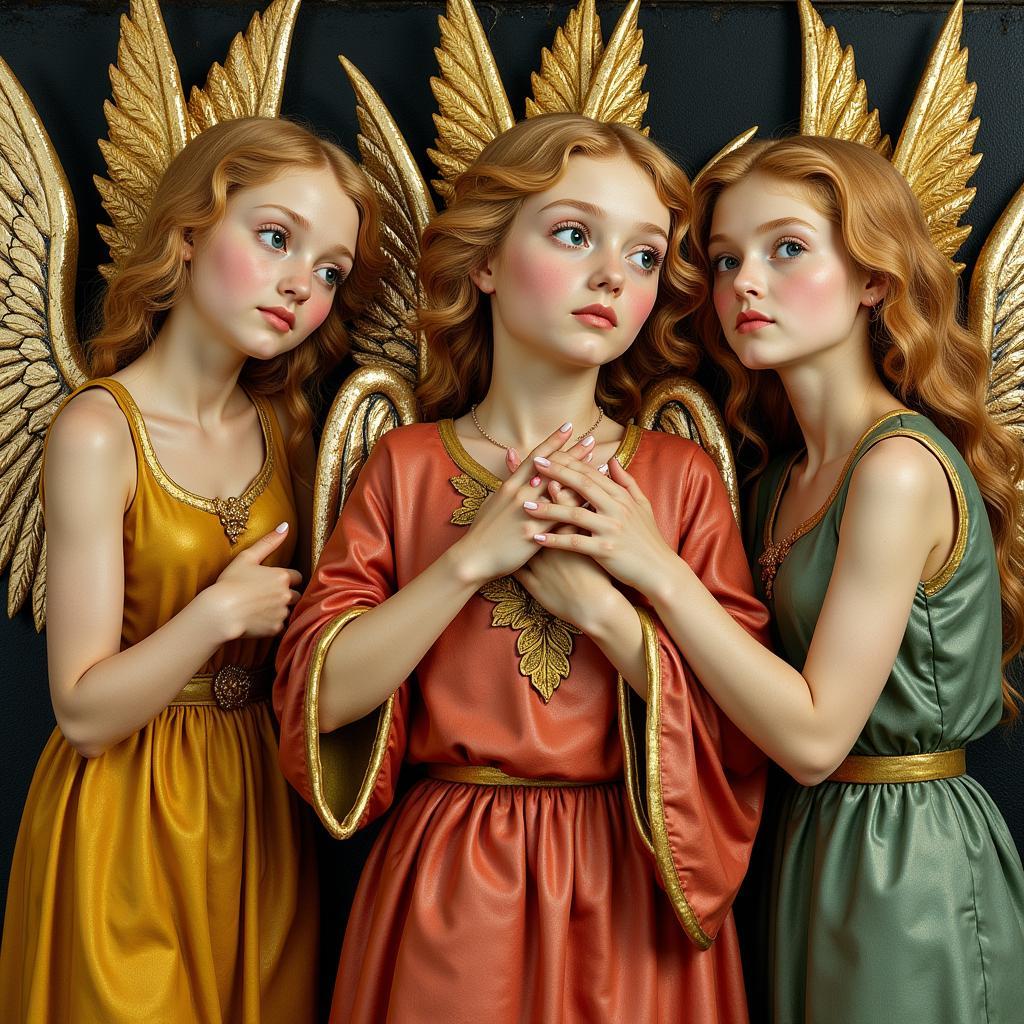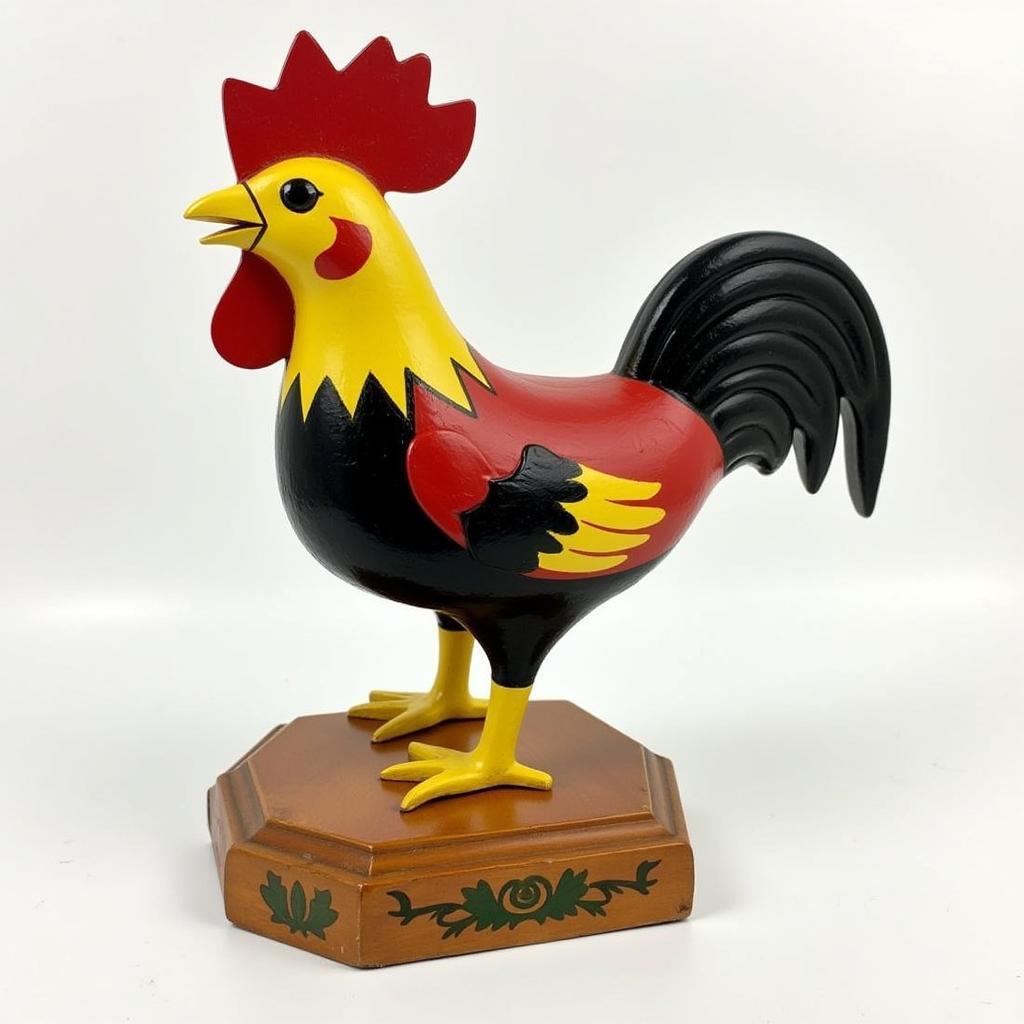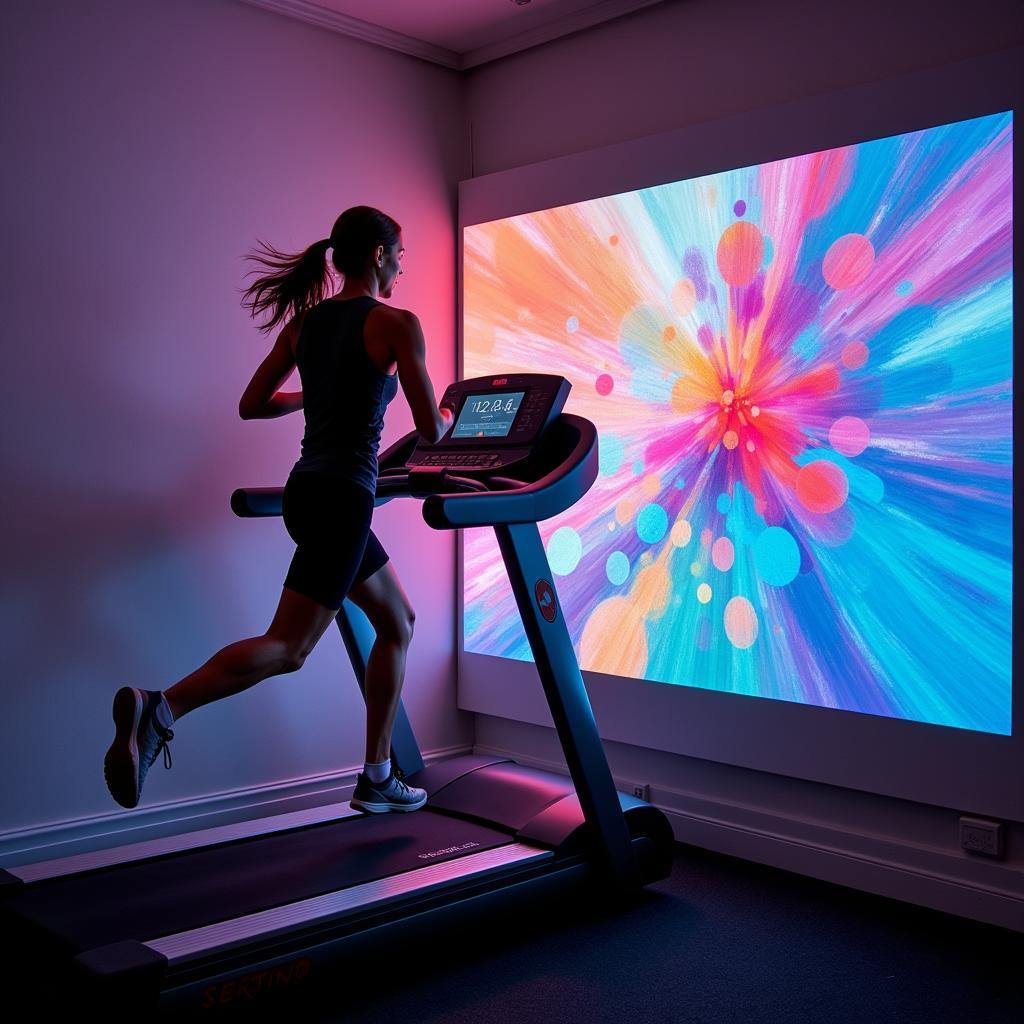Best Milk Pitcher Size for Latte Art: A Comprehensive Guide
Mastering latte art requires a delicate balance of technique, espresso quality, and the right equipment. Among these crucial tools, the milk pitcher plays a pivotal role in achieving that perfect swan or rosetta. Choosing the Best Milk Pitcher Size For Latte Art can significantly impact your ability to control the milk flow and create intricate designs. In this comprehensive guide, we’ll delve into the nuances of milk pitcher sizes, helping you select the ideal one for your latte art journey.
Understanding Milk Pitcher Sizes and Their Impact on Latte Art
The size of your milk pitcher affects several aspects of latte art creation. Smaller pitchers offer greater control for detailed designs, while larger pitchers are more efficient for crafting multiple drinks or larger patterns. Understanding the interplay between size, control, and volume is essential. For instance, a smaller pitcher, while excellent for intricate details, might require multiple steaming sessions for larger orders, potentially impacting workflow. A larger pitcher, conversely, might hinder the delicate movements required for microfoam manipulation and fine-tuning designs.
Choosing the Best Milk Pitcher Size: A Breakdown by Skill Level
The ideal milk pitcher size depends largely on your skill level and the types of drinks you frequently prepare.
Beginners:
For those just starting their latte art journey, a 12-oz pitcher often proves to be the sweet spot. This size provides ample room for practice without being overly cumbersome, allowing beginners to focus on fundamental pouring techniques. A 12-oz pitcher also allows for creating standard latte art in a single pour, simplifying the learning process.
Intermediate Users:
As your skills progress and you begin experimenting with more complex designs, you might consider a slightly smaller pitcher, such as a 10-oz or even an 8-oz option. These smaller sizes allow for greater control and precision, enabling you to refine your pours and achieve finer details in your latte art.
Advanced Baristas:
Experienced baristas often maintain a collection of pitchers in various sizes, adapting their choice based on the specific drink and desired design. Smaller pitchers, around 6-oz, become invaluable for highly intricate patterns, while larger pitchers are reserved for larger beverages or when speed and efficiency are paramount.
Material Matters: Exploring Milk Pitcher Construction
Beyond size, the material of your milk pitcher also plays a role in your latte art success. Stainless steel is the industry standard, offering durability, even heating, and easy cleaning. However, exploring different materials like ceramic or insulated pitchers can introduce variations in heat retention and pouring dynamics.
Matching Pitcher Size to Drink Volume: A Practical Guide
Choosing the right milk pitcher size often involves considering the volume of the drink being prepared. A general rule of thumb is to select a pitcher that’s roughly double the volume of the final beverage. This allows for sufficient space for milk expansion during steaming without risking spills.
What’s the ideal milk pitcher size for a beginner?
A 12-oz pitcher is generally recommended for beginners.
Why is milk pitcher size important for latte art?
Pitcher size affects milk flow control and design intricacy.
How does pitcher material influence latte art?
Different materials affect heat retention and pouring dynamics. For instance, you might appreciate the elegant designs of art deco garden statues and their connection to artistic expression, similarly, the right milk pitcher material can enhance your latte art experience.
What’s the rule of thumb for matching pitcher size to drink volume?
Choose a pitcher roughly double the volume of the final drink.
Which pitcher size is best for intricate latte art?
Smaller pitchers, around 6-oz to 8-oz, offer better control for intricate designs.
Conclusion: Finding Your Perfect Pour
Selecting the best milk pitcher size for latte art is a personalized journey. It involves considering your skill level, preferred drink sizes, and artistic aspirations. Experimenting with different sizes and materials will ultimately lead you to the perfect pitcher that empowers you to unlock your full latte art potential. Remember the right tools, like choosing between oriental yard art and stone contemporary art for your garden, can significantly enhance your creative process. Now go forth and pour!
FAQs:
- What’s the best milk pitcher size for latte art? This depends on your skill level and drink volume, but a 12 oz pitcher is a good starting point.
- Can I use any pitcher for latte art? While any pitcher can technically steam milk, specialized pitchers designed for latte art offer better control and results.
- What is the ideal milk temperature for latte art? Aim for a temperature between 140-160°F (60-70°C).
- What type of milk is best for latte art? Whole milk is generally preferred due to its higher fat content, which creates a richer, more stable foam.
- How do I clean my milk pitcher? Wash with warm soapy water immediately after use.
- What other equipment do I need for latte art? An espresso machine, grinder, and tamper are essential. You might also want to add lion statue art or dog art sculpture to your collection to complement your creative spirit.
- Where can I find more latte art tutorials? Online resources and local barista workshops are excellent options.
For further assistance, please contact us at Phone Number: 02462573573, Email: danteum@gmail.com, or visit our address: Savico Megamall, 7-9 Đ. Nguyễn Văn Linh, Gia Thụy, Long Biên, Hà Nội 10000, Việt Nam. We have a 24/7 customer support team.



